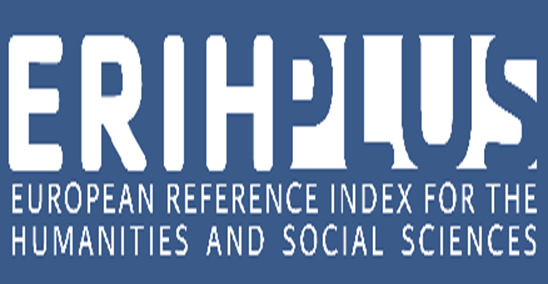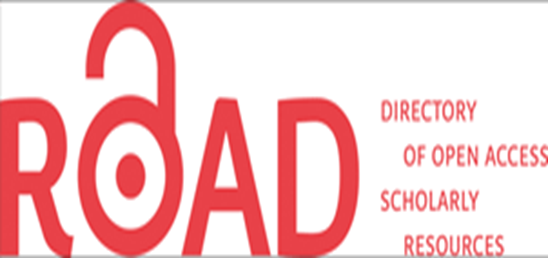The poetic form of antropotoponymic myths on the territory of Shymkent city
Views: 350 / PDF downloads: 654
DOI:
https://doi.org/10.32523/2664-5157-2022-2-7-21Abstract
The article deals with the historical toponyms of the Great Silk Road, which is located
in the territory of nowadays city of Shymkent. It is well known that in the naming of places folkloric material is also of great importance, which is imprinted in the richest resources of ethnic language
and has a special literrary and educative value in the culture and life of each people. Therefore, the
study of toponymy is relevant and in demand not only in linguistic terms but also in literary criticism,
folklore and using historical materials and sources. In this article, the well-known historical places of
Shymkent taken as the target of analysis, especially place names names as Koshkar ata, Suburgan ata,
Dervish ata, Kambar ata, which we study in the context of anthropotoponymy. Anthropotoponymy, a
branch of toponymy, deals with the names of objects and places determined by the name of a person,
mythological figures, folk myths and legends. In this article, the above-mentioned toponyms associated
with the names of historical figures, folk and mythological heroes, legends (many of which originate
from oral folk art) will also be referred to as anthropotoponymic. Anthropotoponymic legends play
an important role in people’s spiritual and cultural life, reveal people’s mentality, folkloric space and
artistic consciousness.
The authors of the article, based on motif comparisons of folklore texts, consider the hyperbolic
reflection in anthropotoponymous legends of the names of individual places and stories of people
whose outstanding merits have been preserved in the memory of the people; show the connection
between the literary motifs of these legends and the worldview of the Kazakh people. Taking into
account the fact that the term “literary onomastic” exists in foreign literary criticism, the authors show
that the emergence of this term is due to the literary structure of the folk toponyms and the visual
techniques used in them.
As a result of the analysis of the legends about the toponyms taken as the target of study, the
idea that the Great Silk Road played an important role not only in trade relations but also in the
development of spiritual and cultural ties between peoples was substantiated.


























